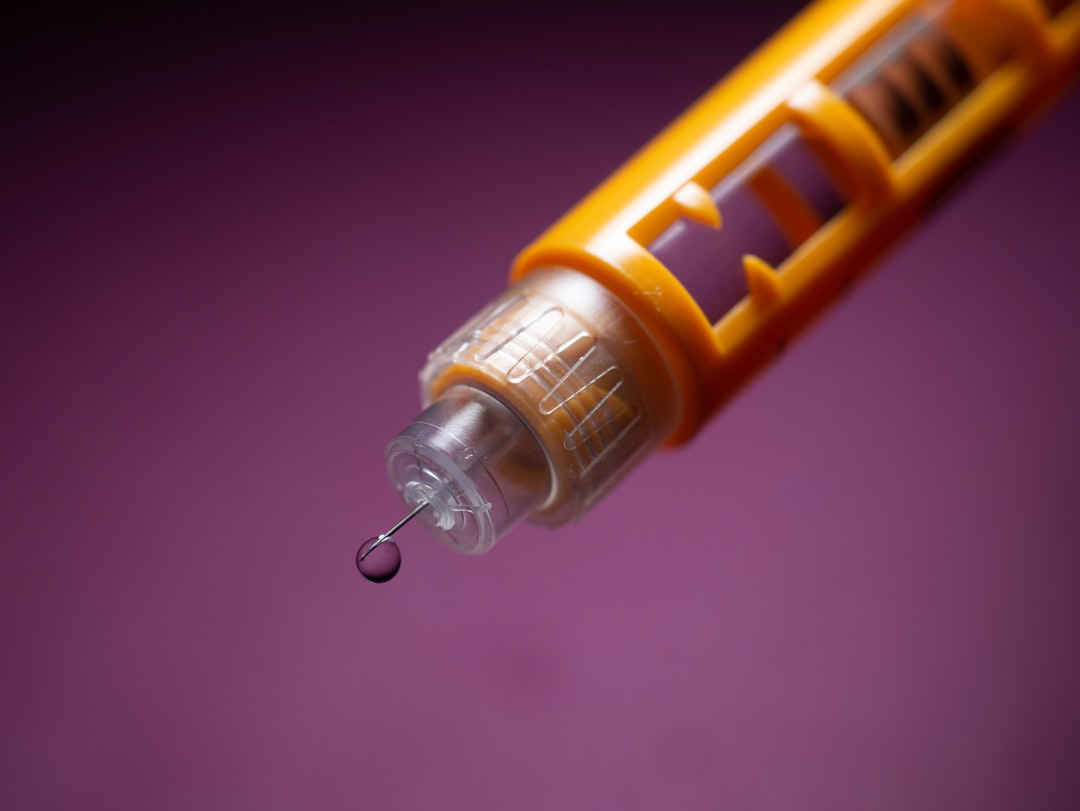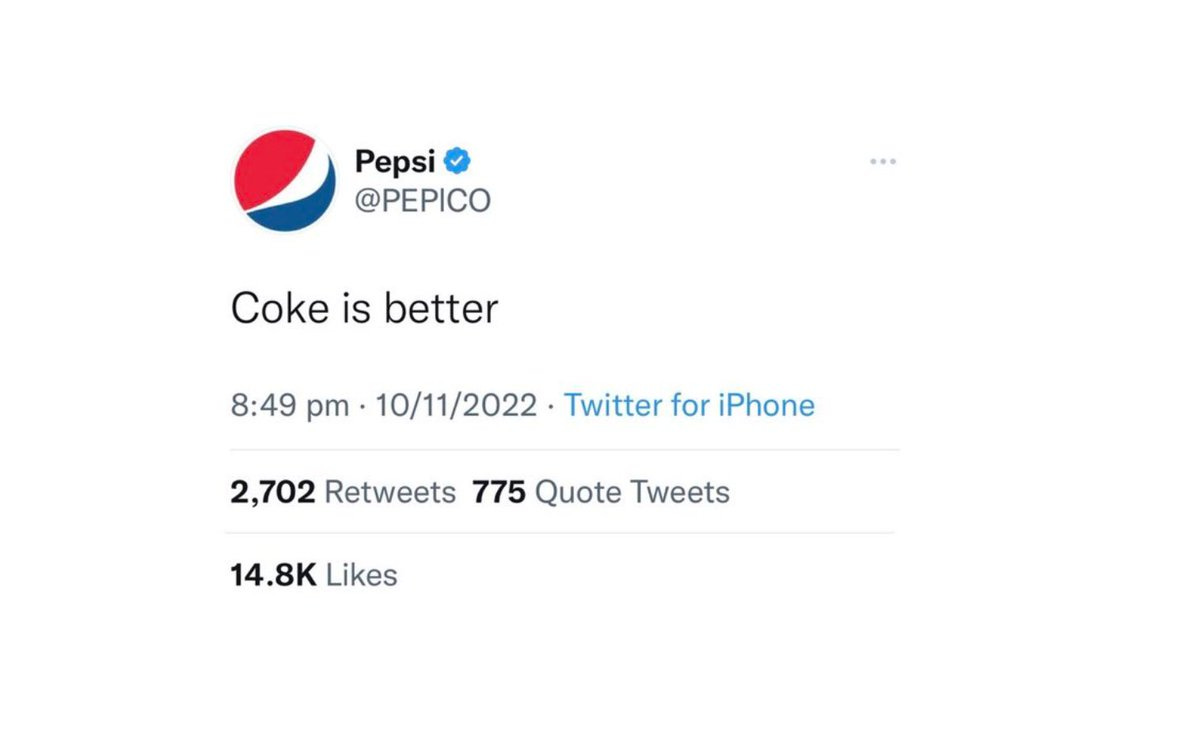How Elon Musk's Twitter Checkmark Plan Reopened The Insulin Pricing Debate
Read to the bottom for one insulin story you probably didn't hear about last week.
A portion of proceeds from monthly subscriptions goes to charity. To support this collective effort, please consider subscribing.

Elon Musk’s first few weeks at the helm of Twitter has been plagued by a variety of media spectacles, disasters and calamities. From the poorly-handled and potentially illegal mass layoffs, to confusion around content moderation, to an advertiser exodus, it’s all been a mess. But it’s the chaotic rollout of Twitter’s new pay-for-verification scheme and the army of (sometimes) funny impersonation accounts that fascinated me the most.
If you’re unfamiliar, the commission of verification checkmarks on Twitter has been, for well over a decade, administered internally after verification that the user was both who they claim they are online and have some amount of notoriety in their field. The checkmark, while ultimately having zero value, offered some level of assurance to other users that this person or entity, who you might already know, is who they claim to be. It’s been this way since June 2009. While there has been some tinkering around the edges (i.e., eventually people were able to apply rather than Twitter staffers simply bestowing a checkmark on your account), it’s remained relatively unchanged. Then, essentially overnight, it changed. Over a decade of user behavior and collective understanding was inverted.
One of Elon Musk’s first actions after acquiring Twitter was incorporating verification with it’s subscription plan, Twitter Blue. Blue had, until this point, allowed subscribers to post videos longer than the standard time limit (increasing the limit from 2 minutes and 20 seconds to 10 minutes), a few other bells & whistles but most importantly, an edit button—something users have wanted for years. Now, in addition to these benefits, subscribers who coughed up $8 a month would also get the same verification badge as other verified accounts, but without any identity verification or vetting by Twitter staff. What could go wrong?
People immediately flocked to the new subscription service and began impersonating people, brands, entities, etc. they disliked and would just post something antithetical to what that real person, brand, entity would actually say or post. It’s a pretty standard formula. Just pick a company you hate. Spend $8. Pretend to be them. Tweet the opposite of what they do. That’s comedy, baby. Here are a couple examples, with many more compiled in the replies to this tweet.
Mario would NEVER give you the finger!
Anyway, you get the picture. It very quickly lost its allure. There were a few funny ones at the start, but it quickly felt redundant. Twitter has since paused new subscriptions because, of course, this was the inevitable result. But there was one post in this vein that many feel had real-world, outside-of-Twitter consequences. Someone impersonated Eli Lilly and tweeted “We are excited to announce insulin is free now.”
Of course this isn’t true. Insulin is a huge money maker for pharmaceutical companies. More on the tweet later, but first a bit of background.
Eli Lilly is one of the three manufacturers and suppliers of insulin in the United States, with Novo Nordisk and Sanofi being the other two. Through aggressive exploitation of the patent system and “pay for delay” practices, these three companies have bullied other competitors from entering the market and, as a result, control 90% of the global insulin market. Because of the abysmal healthcare system in the United States, the Big 3 insulin makers have been able to price gouge diabetics, charging them astronomical prices for an essential, life-saving drug that, when originally developed, had its patent sold for $1. Those researchers understood the drug’s necessity, so they basically gave it away. Good on them!
The insulin affordability crisis is so bad in the United States that it recently prompted a report from Human Rights Watch. A recent CharityRX study found that “when comparing the U.S. to countries around the world, the cost of insulin in the U.S. is 8 times higher than the combined average of other high-income nations.” Among OECD countries, the United States is a total outlier.
In June, I wrote about the insulin affordability crisis and a study that showed just how bad this price gouging has impacted diabetics. The study found that 79% of diabetics in the United States who rely on insulin said price increases have created financial difficulties. 4 in 5 people report taking on credit card debt to cover the cost, with an average debt of $9,000.
Of the group who said they’ve taken on debt, 83% had to worry about covering other expenses to afford their medication. 63% have felt the need to sell prized possessions to pay for insulin while half feared cutting back on food. 62% reported rationing or skipping doses—an extremely dangerous cost-cutting measure. 29% have even had insulin prices impact their ability to pay their rent or mortgage.
Diabetes ranks seventh in leading causes of death in the United States. I’m sure you all know this already, but just in case: diabetics who rely on insulin can’t just choose to not take insulin. It’s not an option. If they skip or even ration doses, it can lead to death. Over one million diabetics are estimated to be rationing insulin due to its high cost.
Even with price caps for Medicare beneficiaries in the Inflation Reduction Act ($35 a month, out of pocket), insulin will still remain a highly lucrative industry for the Big 3. So, of course, Eli Lilly wouldn’t willingly make the drug free.
In response to the fake tweet, they posted, “We apologize to those who have been served a misleading message from a fake Lilly account. Our official Twitter account is @LillyPad.”

“Let's be clear. Eli Lilly should apologize for increasing the price of insulin by over 1,200% since 1996 to $275 while it costs less than $10 to manufacture. The inventors of insulin sold their patents in 1923 for $1 to save lives, not to make Eli Lilly's CEO obscenely rich,” Senator Bernie Sanders tweeted in response.
Sanders’ tweet led to a reply from Musk himself, attempting to justify the uniquely high price of insulin in the United States.
“Full answer to insulin price question is complex. Short answer is that original insulin, discovered in 1921 (not 1923), is inexpensive, costing as little as $25. New, higher efficacy analog variants of insulin are more expensive,” Musk tweeted, tagging Community Notes, Twitter’s recently-rebranded “context for tweets” feature.
Attached to his tweet was one of those Community Notes, pointing out that “the average price of a standard unit of insulin analog is $99.94, but in non-U.S. OECD countries, the average price is $9.32,” as illustrated in the graph below.
At the same time, Eli Lilly’s stock was falling, dropping from around $368 per share on Thursday to a daily low of $345.26 on Friday, before rebounding a bit and closing at $352.30. Overall, around a 4.3% drop, but it still generated a decent amount of headlines heralding the company “lost billions” in market cap.
This is where I break from some of my more enthusiastic big pharma haters. It’s hard to say this single fake tweet or even the conversation it generated triggered this. It’s also very easy to take narrow snapshots of a stock price, especially when a broader view would reveal this wasn’t as big of a hit as some people—myself included—would like. For context:
I suppose we can just enjoy the PR nightmare someone created for Eli Lilly for the time being. On Monday, the Washington Post reported that Eli Lilly is stopping all advertising on Twitter and halting all social operations on the platform. Bad news for people who were big fans of pharmaceutical ads and brand posts, I guess.
But there’s one insulin-related stock that didn’t get as much attention last week that similarly underscores the drug’s affordability crisis. Insulin pump manufacturer, Tandem Diabetics Care, saw its stock plummet over 20% this week after a dismal quarterly earnings report. Overall, the company’s stock is down 66% this year.
What makes this so interesting is the company’s executives specifically blame the high cost of living, inflation and the lack of universal healthcare in this country for its poor sales. I’m not saying let’s welcome Tandem’s C-Suite into the progressive ranks, because their device costs thousands of dollars without insurance. But it illustrates how bad conditions continue to get for the poor and working classes in this country, because these companies rely on reimbursements from governments through universal healthcare plans in other countries. But the lack of universal coverage in the United States—and not just for insulin delivery but for all health conditions—means people often will forgo medical treatment due to cost. Nearly half of American adults struggle to afford medical care and a quarter have skipped getting care or filling prescriptions.
The apology from Eli Lilly shouldn’t have been to people confused by a fake Twitter account. It should be to diabetics on whom Eli Lilly profiteers. And the next conversation this whole saga should spur should be a renewed debate over universal healthcare.
Thank you for reading. If you enjoyed this piece, please share it and leave a comment. And if you’d like to subscribe to this Substack, can do so below. A portion of proceeds from monthly subscriptions goes to charity.









